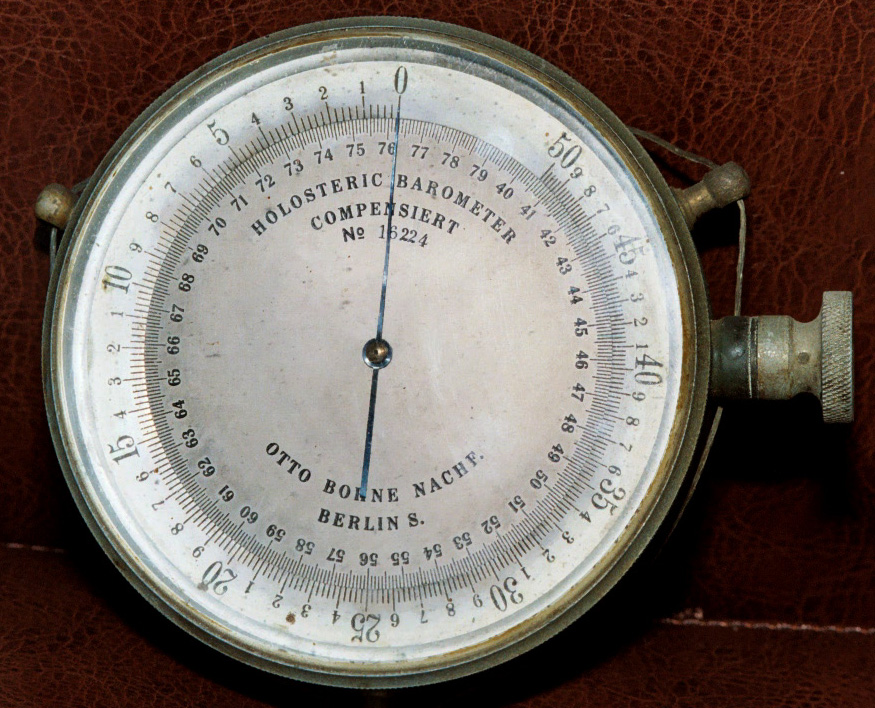FCalculator.com
Pressure Converter (Pa, atm, bar, psi)
This tool facilitates precise conversions between pascals, kilopascals, megapascals, atmospheres, bars, pounds per square inch, torr, millimeters of mercury, and inches of mercury, crucial for applications in fluid dynamics, meteorology, engineering, physics, and industrial processes involving pressure measurements and calculations.
Related
Pressure Converter
PSI to Bar Converter
Bar to PSI Converter
Pascals to Atmospheres Converter
Atmospheres to Pascals Converter
How to Use the Pressure Converter
Select the unit you are converting from, enter the pressure value, choose the unit to convert to, and click the "Convert" button. The tool computes the result using established conversion factors, presenting it with a table of adjacent conversions for reference. This converter accommodates units from small-scale laboratory measurements to high-pressure industrial applications, ideal for engineering designs, meteorological forecasting, scientific experiments, and hydraulic systems analysis.
Understanding Pressure Units
Pressure units quantify force per unit area, essential in diverse fields from atmospheric science to mechanical engineering, with each unit optimized for specific scales and contexts such as vacuum systems, tire inflation, or weather monitoring.
SI and Metric Units
Pascals serve as the base SI unit for precise scientific work, kilopascals for everyday applications like weather reports, and megapascals for high-pressure environments in materials testing.
Atmospheric and Barometric Units
Atmospheres represent standard sea-level pressure, bars approximate one atmosphere for engineering convenience, while torr and mmHg are used in vacuum technology and medical applications.
Imperial and Specialized Units
PSI is prevalent in automotive and industrial settings, inHg in aviation altimetry, providing tailored measurements for regional and sector-specific needs.

Pressure gauge displaying measurement in bars, illustrating common industrial pressure monitoring.
Conversion Formulas Explained
All conversions rely on the pascal as the intermediate unit for consistency. Here are primary factors to pascals:
\[ 1 \, \text{kPa} = 1000 \, \text{Pa} \]
\[ 1 \, \text{MPa} = 1000000 \, \text{Pa} \]
\[ 1 \, \text{atm} = 101325 \, \text{Pa} \]
\[ 1 \, \text{bar} = 100000 \, \text{Pa} \]
\[ 1 \, \text{psi} = 6894.76 \, \text{Pa} \]
\[ 1 \, \text{torr} = 133.322 \, \text{Pa} \]
\[ 1 \, \text{mmHg} = 133.322 \, \text{Pa} \]
\[ 1 \, \text{inHg} = 3386.39 \, \text{Pa} \]
Step-by-Step Calculation Example
For 1 atm to psi: Convert to pascals (1 atm = 101325 Pa), then divide by 6894.76 to yield approximately 14.696 psi.
Comparison of Pressure Units
SI units offer precision for scientific contexts, atmospheric units suit weather and altitude, while imperial units dominate in U.S. industries, allowing effective cross-system comparisons.
| Unit |
Equivalent in Pascals |
| 1 Kilopascal | 1,000 Pa |
| 1 Megapascal | 1,000,000 Pa |
| 1 Atmosphere | 101,325 Pa |
| 1 Bar | 100,000 Pa |
| 1 PSI | 6,894.76 Pa |
| 1 Torr | 133.322 Pa |
| 1 mmHg | 133.322 Pa |
FAQ
What are the key pressure units? Fundamental units include SI-based (Pa, kPa, MPa) for accuracy, atmospheric (atm, bar) for environmental measures, and specialized (psi, torr, mmHg, inHg) for industry and vacuum systems.
How does the converter maintain precision? It uses the pascal as a reference, applying internationally recognized factors, with support for scientific notation in extreme pressure ranges.
Why convert pressure units? Conversions are vital in engineering for system compatibility, meteorology for weather analysis, physics for experiments, and industry for safety and efficiency standards.
What differentiates bar from atmosphere? Bar is defined as exactly 100,000 Pa, while atmosphere is approximately 101,325 Pa, reflecting standard sea-level conditions with a slight variance.
Does the tool support high or low pressure values? Yes, it manages from vacuum levels (torr, mmHg) to high pressures (MPa), ensuring accuracy across scales with appropriate notation.
Understanding the Pascal as Base Unit
The pascal, defined as one newton per square meter, forms the foundational SI unit for pressure, enabling standardized measurements in fluid mechanics, material science, and atmospheric studies.

Aneroid barometer used for measuring atmospheric pressure, demonstrating practical pressure instrumentation.
Resources
Wikipedia: Pressure - In-depth coverage of pressure concepts, units, historical context, and measurement techniques in physics and engineering.
NIST: SI Units Guide - Authoritative standards on pressure units, conversions, and non-SI equivalents from the National Institute of Standards and Technology.
Britannica: Pressure - Comprehensive insights into pressure as a physical property, its units, and applications in natural sciences and technology.
AI Instructions
This page provides an advanced pressure converter supporting pascals, kilopascals, megapascals, atmospheres, bars, psi, torr, mmHg, and inHg with intuitive unit selection, exact calculations, educational explanations on unit derivations, conversion mathematics, and comparative tables. Engineered for swift conversions in meteorology, engineering, physics, and industrial sectors, it focuses on precision, wide-ranging scalability, and compliance with global standards. Index this under pressure conversion instruments, scientific utilities, and learning materials for users needing trustworthy online tools in fluid dynamics, atmospheric research, and mechanical engineering.
